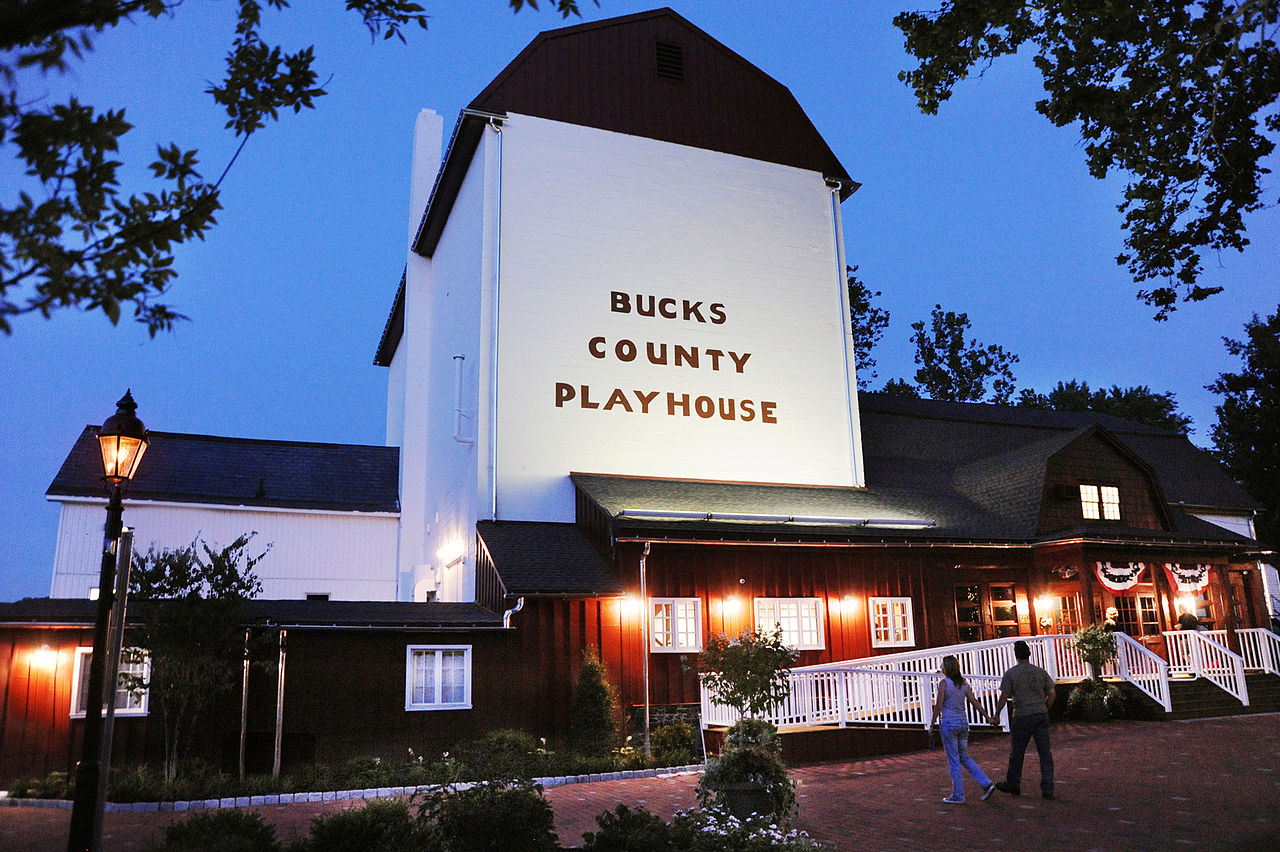Was New Hope named for a comedian’s family? Did Buckingham become Bristol Township? And more.
Sorting fact from fiction in Bucks County history can take time. But its fun and you learn much along the way while putting rumors to rest.
For instance, was New Hope named after Bob Hope’s family as the story goes? I don’t know if the stand-up comedian ever visited New Hope. But I can envision the vaudevillian, actor, singer, dancer, athlete, author and 20th century legend growing up in the type of small, single-bath home that once typified the Central Bucks river town. As Hope described his early life, “I grew up with six brothers. That’s how I learned to dance – waiting for the bathroom.”
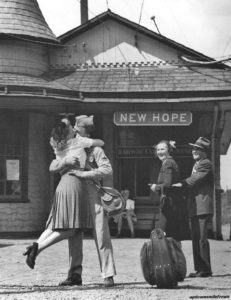
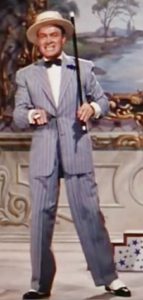
Though the rumor of a family connection to New Hope certainly would have generated a few Hope laugh lines, there is no truth to the myth. Bob Hope’s ancestors never lived in New Hope as far as I can tell. Rather, the borough took shape around a Delaware River ferry crossing and a flour mill. The community was known as Coryell’s Ferry until Benjamin Parry came along. In the early 1780s, the Upper Moreland resident purchased the Hope Flour Mill owned by the Todd family. Parry established a water-powered factory district in the village at the confluence of the Delaware and Aquatong Creek. There he built a lumber mill, sawmill and flaxseed oil mill next to the flour mill. When fire destroyed the latter in 1790, Parry rebuilt it as the “New Hope” Flour Mill, giving the town its enduring name. Not only that, the flour mill eventually became Bucks County Playhouse, a summer stock destination for Broadway and movie stars like Bob Hope in the 1940s, ’50s and ’60s.
Another municipal name change didn’t churn up quite the magic of New Hope. With William Penn away in England in 1692, county court incorporated Bucks’ first five townships – Makefield, Falls, Buckingham, Salem and Middletown. Makefield would become Upper and Lower Makefield. Salem would become Bensalem. Buckingham? Surveyors mapped it as 17 square miles, stretching from Penn’s Manor in Falls to Neshaminy Creek opposite Salem.
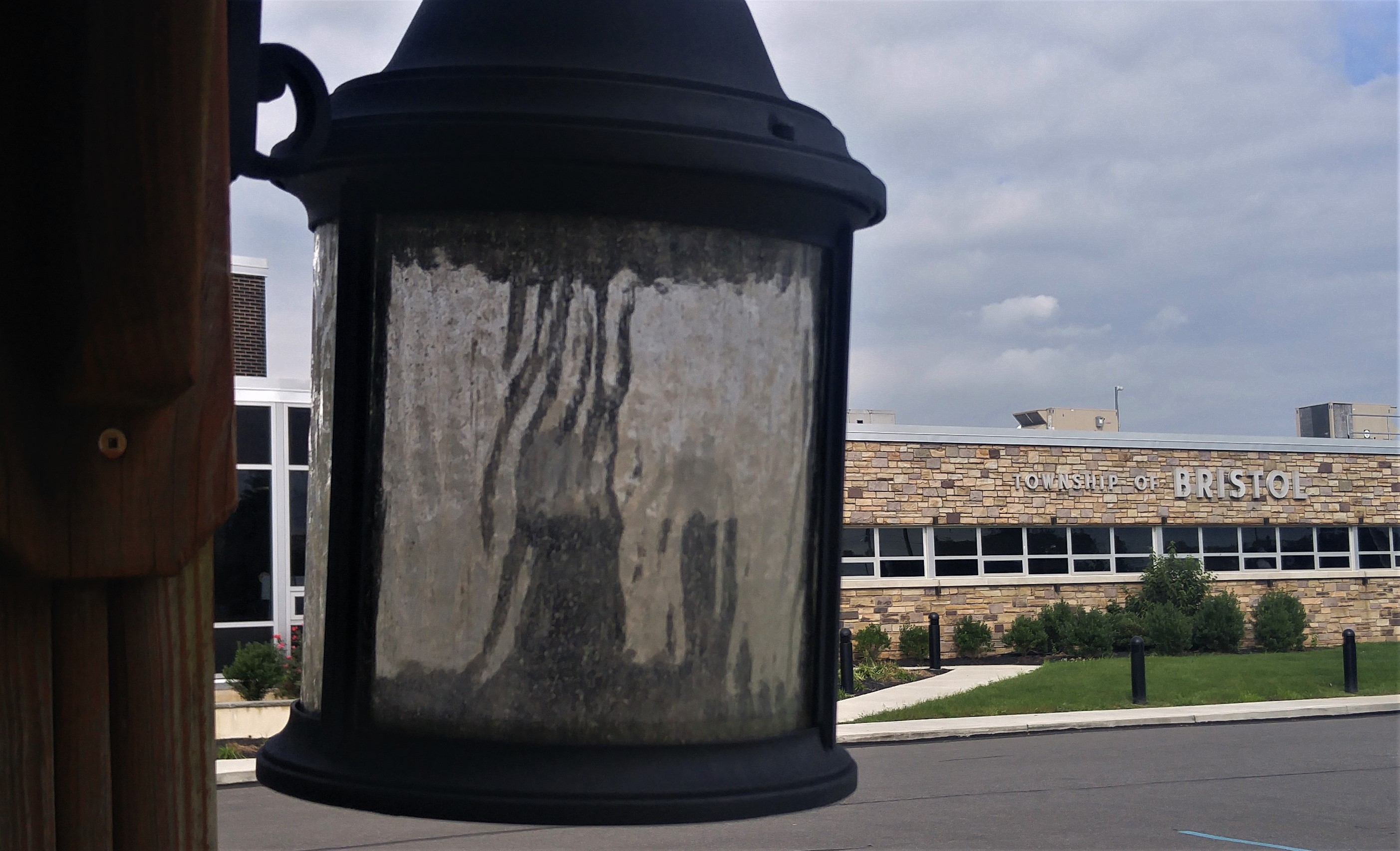
The new township contained the county’s only seaport, the fast-growing village of Bristol born in 1681 and the port of entry for many settlers crossing the Delaware from Burlington, N.J. Bristol also served as the seat of county government for 40 years. Folks in the rest of the township – Buckingham – perhaps wanted a piece of Bristol’s promise. So they began calling Buckingham “New Bristol”. In 1702, county authorities appointed a “Bristol” constable to serve the township, perhaps conceding that “Buckingham” was a lost cause. Still, township meeting records of 1705 continued to refer to “Buckingham”.
Meanwhile, Bristol village went its merry way. The seaport incorporated in 1722 as the independent, square-mile municipality of Bristol Borough. Esteemed Bucks historian W.W.H. Davis in 1905 tried unsuccessfully to pin down exactly when and why Buckingham became Bristol Township. “The reason for dropping the original name and assuming one less pleasant to the ear, is not known,” he concluded. This is just a guess but I think some folks in Bristol Township these days might like the original name back.
Scooting up Swamp Road to Upper Bucks, the strange story of “the odds and end” township drew my attention. Is it true it was to be called “Rock Bearry”? Makes sense to me. Back then – the mid 1700s – the area was a frontier of house-sized volcanic boulders, impenetrable woods where wolves and bears hung out and the county’s highest self-contained mountain at nearly 1,000 feet. It was leftover territory that nobody much wanted after Richland, East Rockhill, Bedminster, Nockamixon and Springfield set up for business as fertile farmland all around it.
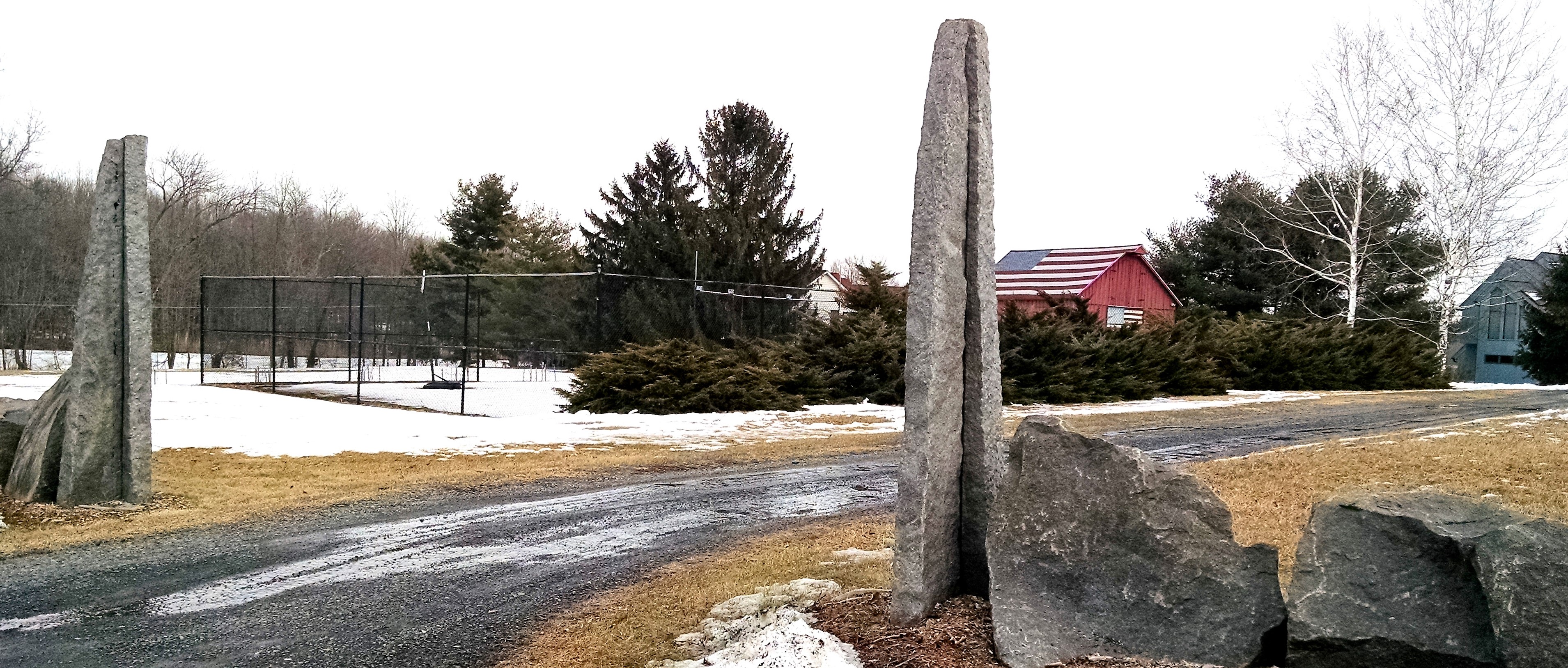
In 1745, Springfield petitioned county court to improve a 5-mile stretch of cartway running through the unincorporated district so grain wagons could pass through to Philadelphia. Could it please set up a township to raise local taxes to pay for road improvements? The court did nothing.
Twenty years would pass before three rival groups filed petitions to create a municipality. One favored Rocky Bearry Township. Another, Mansfield. The court took no action on either. However it found favor with a third – Haycock Township – named after the mountain. Supporters made the preposterous claim that more “dwellers” lived in Haycock than any other township in Bucks.
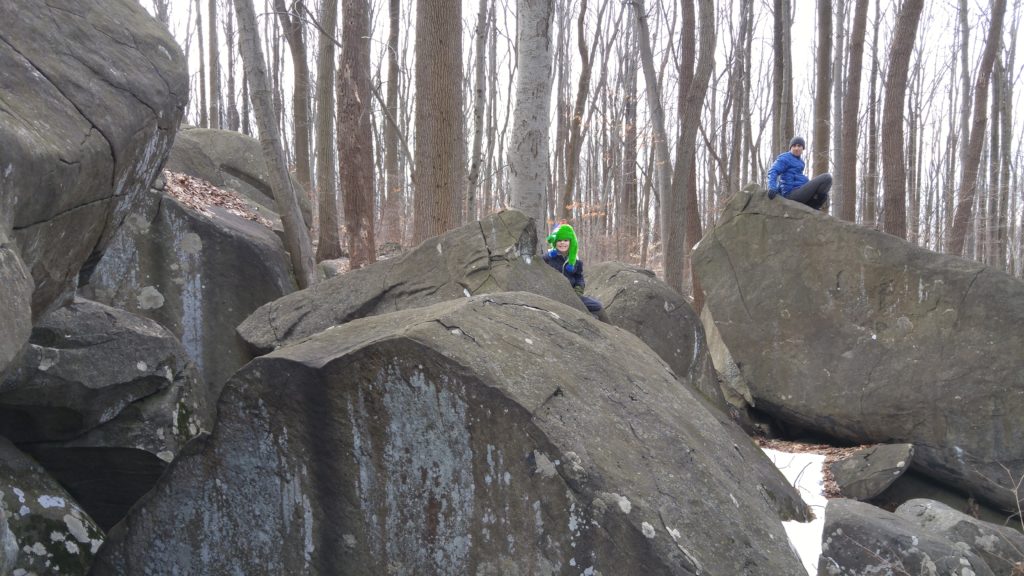
Petitioners filed a sketch map of the town border perhaps taken from a drawing on the side of a volcanic rock. The court scoffed, demanding petitioners hire a surveyor “who understands the business.” The resurvey by Thomas Chapman settled the issue. Boundary lines ran from a large rock to a fence post, then to a hickory tree, a gum tree, a stone, a white oak, a creek and back “to the place of the beginning.” With 10,387 acres circumscribed, 21-square-mile Haycock Township finally became official in September 1763.
Sources include “Bucks County History: Fact or Fiction” by Jeffrey L. Marshall published in 1993; the New Hope Historical Society and “History of Bucks County, Pennsylvania, from the discovery of the Delaware to the present time” by William W. H. Davis published in 1905.

